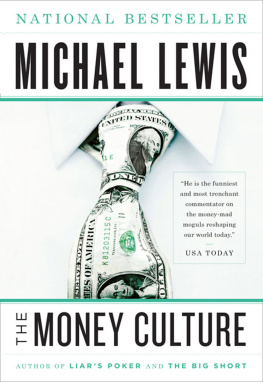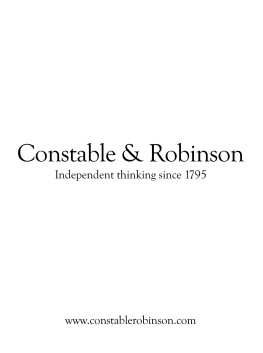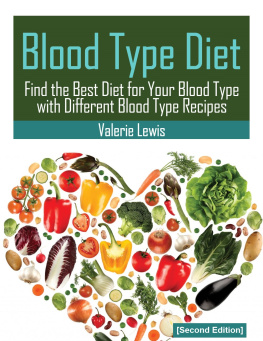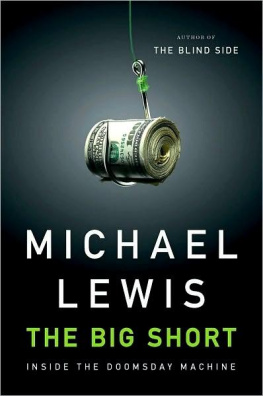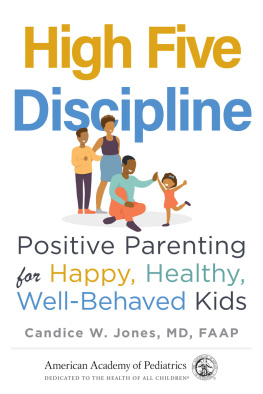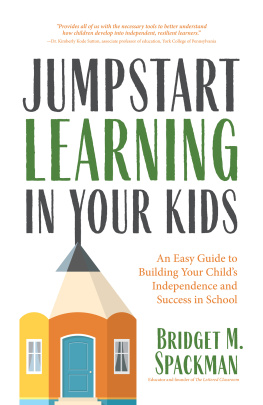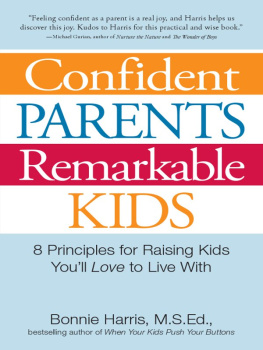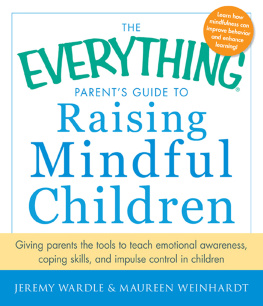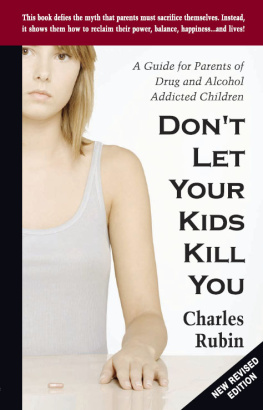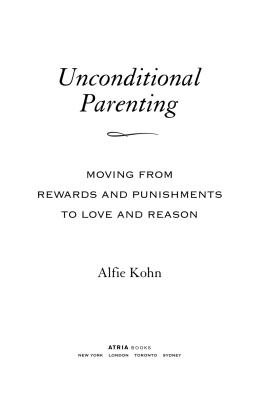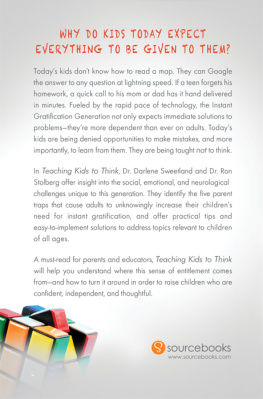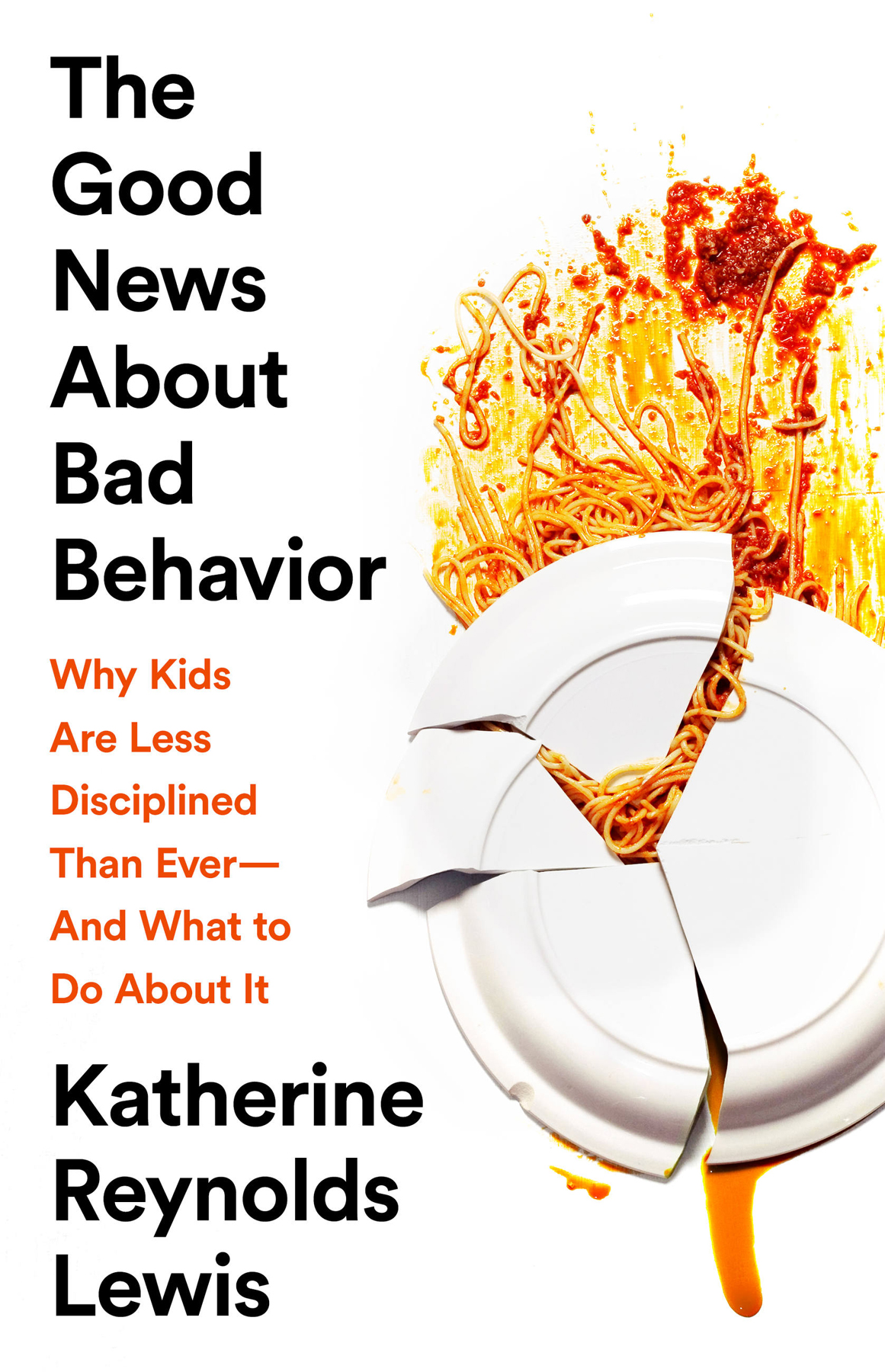Copyright 2018 by Katherine Reynolds Lewis
Cover design by Pete Garceau
Cover photograph copyright Getty Images
Cover copyright 2019 Hachette Book Group, Inc.
Hachette Book Group supports the right to free expression and the value of copyright. The purpose of copyright is to encourage writers and artists to produce the creative works that enrich our culture.
The scanning, uploading, and distribution of this book without permission is a theft of the authors intellectual property. If you would like permission to use material from the book (other than for review purposes), please contact permissions@hbgusa.com. Thank you for your support of the authors rights.
PublicAffairs
Hachette Book Group
1290 Avenue of the Americas, New York, NY 10104
www.publicaffairsbooks.com
@Public_Affairs
Originally published in hardcover and ebook by PublicAffairs in 2018
First Trade Paperback Edition: April 2019
Published by PublicAffairs, an imprint of Perseus Books, LLC, a subsidiary of Hachette Book Group, Inc. The PublicAffairs name and logo is a trademark of the Hachette Book Group.
The poem Sacred Words from a Great-Grandfather in is reprinted by permission. 1975 Ronald F. Ferguson.
The publisher is not responsible for websites (or their content) that are not owned by the publisher.
The Library of Congress has cataloged the hardcover edition as follows:
Names: Lewis, Katherine Reynolds, author.
Title: The good news about bad behavior : why kids are less disciplined than everand what to do about it / Katherine Reynolds Lewis.
Description: First edition. | New York : PublicAffairs, [2018] | Includes bibliographical references and index.
Identifiers: LCCN 2017040079 (print) | LCCN 2017047603 (ebook) | ISBN 9781610398398 (ebook) | ISBN 9781610398381 (hardcover)
Subjects: LCSH: Discipline of children. | Parent and child. | Parenting.
Classification: LCC HQ770.4 (ebook) | LCC HQ770.4 .L49 2018 (print) | DDC 649/.64dc23
LC record available at https://lccn.loc.gov/2017040079
ISBNs: 978-1-61039-838-1 (hardcover), 978-1-61039-839-8 (ebook), 978-1-5417-7406-3 (paperback)
E3-20190223-JV-NF-ORI
For Samantha, Maddie, Ava, and my love, Brian
An engaging, conversational writer, Lewis intersperses the neurological deep-dive with fly-on-the-wall reporting on families in action and examples from her parent-training group. Lewis provides a reassuring road map forward. And a little more help with the laundry wont hurt, either.
Seattle Times
Household jobs can build a childs capability, helping them practice independence and autonomy, foster connection with the family, and help them become capable adults, according to The Good News About Bad Behavior, an insightful new book.
San Francisco Chronicle
At a time when families are feeling pressed for time and stressed by the demands of modern living, Katherine Reynolds Lewis makes an urgent case for connection, communication, and giving children space to develop their own capability. With compelling stories and research, Lewiss book is a welcome guide through the land mines of modern parenting.
Brigid Schulte, award-winning journalist, director of The Better Life Lab at New America, and author of the New York Times bestseller Overwhelmed
If you hate disciplining your kids with time-outs and punishments, youre in for a treat. Instead of trying to control children, this timely book shows how you can teach them to control themselves.
Adam Grant, New York Times bestselling author of Give and Take, Originals, and Option B with Sheryl Sandberg
Katherine Reynolds Lewis, armed with the latest behavioral science research and her eye-opening journalistic inquiry, introduces a new discipline model. An absolute must-read for anyone raising or teaching difficult children, and insightful to anyone eager to teach kids how to regulate their own behavior and ultimately thrive in society on their own.
Julie Lythcott-Haims, New York Times bestselling author of How to Raise an Adult and Real American
Katherine Reynolds Lewis has written a smart, compassionate book for the twenty-first-century parent. Forget the carrot-and-stick approach to redirecting childrens behavior. We can help our kids develop their inner motivation for behaving wellwhile simultaneously forging lasting family bondsby following the wise guidance in The Good News About Bad Behavior.
Daniel H. Pink, New York Times bestselling author of When and Drive
Katherine Lewis has written an important book that will give hope and support to mothers and fathers who want both understanding and answers. With a parents compassion and a journalists rigor, she offers advice from the trenches while providing a realistic roadmap towards a better family life. Blending solid science and highly readable storytelling, The Good News About Bad Behavior is sure to become a parent must-read.
Judith Warner, author of Perfect Madness and Weve Got Issues
A book that is both incredibly fascinating AND insanely helpful? Thats what youre holding in your hands. A great book! It is both reassuring and fantastic to know that theres a way out of bad behavior, and a very rational reason for why it exists in the first place!
Lenore Skenazy, president of Let Grow and author of Free-Range Kids
The definitive book on raising children to cope with the distractions and temptations of the modern world. A must read for parents and educators looking to do things differently than in the past.
Laura Vanderkam, author of I Know How She Does It: How Successful Women Make the Most of Their Time
The Good News About Bad Behavior is the book parents and teachers need in order to understand the link between empathy and genuine, human connection to positive behavioral outcomes. Lewis explains how childrens lack of self-regulation and resilience is at the root of so many modern parenting dilemmas and gives practical, useful advice for how to do better for our kids. The Good News About Bad Behavior is an important addition to my parenting and education library.
Jessica Lahey, New York Times bestselling author of The Gift of Failure
T HIS BOOK CONTAINS BOTH SCENES I observed and scenes that I re-created through interviews with people who were present and documentary evidence, when available. I am present in some way in the scenes I reported in person. Whenever someones emotion is described, I interviewed that person after the fact to ask what they were feeling at the moment.
I am immensely grateful to the educators, parents, and children who welcomed me into their classrooms and homes to observe and learn. I have changed some names and identifying details.
C AMILA C ULLENS EVENINGS WERE BEGINNING to feel like torture. Like an endless game of whack-a-mole.
She tried to ignore the muffled thumps as she read a book in bed. Then a door burst open. She looked up. Through the open door of her bedroom, she saw a slight figure dash out of the room across the hall and run upstairs.
Mariana. Probably headed to the attic playroom to grab some toys.
Camila checked her watch. 10:00 p.m. She sighed.
I wonder what time she will fall asleep. How many nights can she keep this up?


